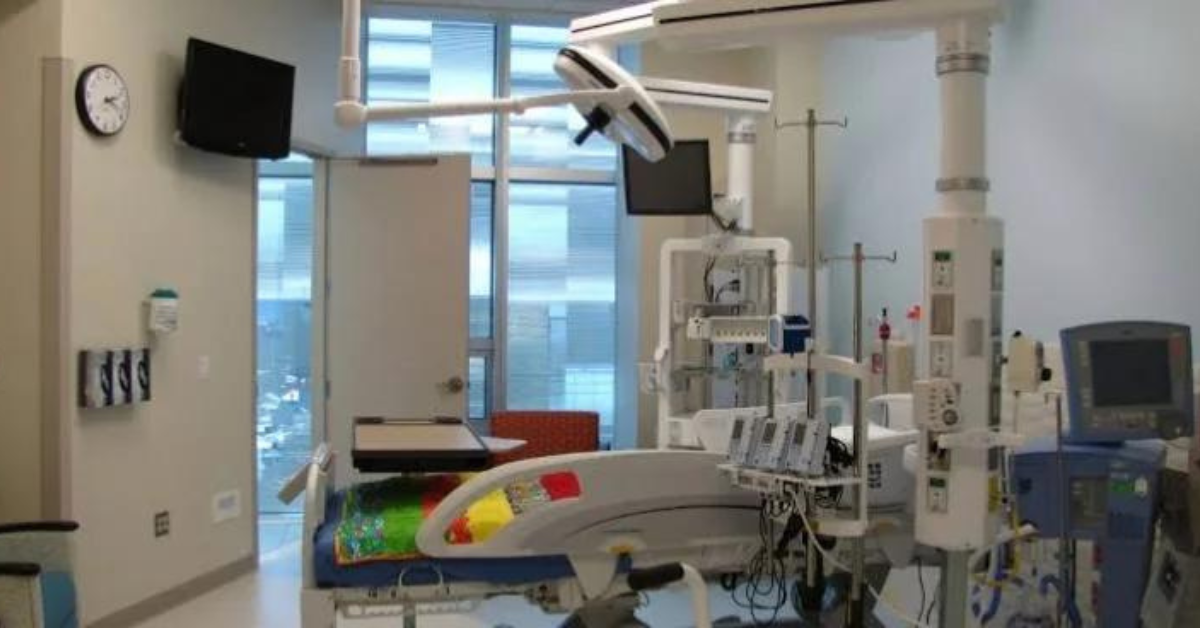Pedacustic Exploring a New Concept in Sound and Technology
Innovation in sound technology has transformed how we experience music communication and other auditory aspects of life. One new term gaining attention is pedacustic. Though not widely known this concept may shape how we interact with sound. In this article we’ll explore pedacustic its possible uses and its significance in sound technology.
What Is Pedacustic?
Pedacustic combines two words: peda meaning pedals or foot-operated devices and acoustic relating to sound. Together it suggests a system where sound is controlled by foot movements. This opens up interesting possibilities in music performance and interactive sound design.
Pedacustic could create a new way to manipulate sound in real time. By using foot pedals or similar mechanisms users could control sound intuitively. The applications could extend beyond music to gaming live performances and more.
Pedacustic in Musical Instruments
Musical instruments are an obvious place for technology. Foot pedals are already essential in instruments like electric guitars pianos and organs. These pedals help musicians control effects volume and tone without using their hands.
Pedacustic could take this further. Imagine advanced foot-controlled systems that allow musicians to manipulate sound dynamics or spatial audio settings. With the help of motion-sensing technology foot movements could become a powerful tool for controlling sound.
Applications Beyond Music
Pedacustic technology has potential beyond music. For instance, it could be used in virtual reality (VR) gaming. Players could control sound elements through foot movements, enhancing the immersive experience. This could add another layer of interaction in virtual environments.
In live performances pedacustic systems could let actors or dancers manipulate sound on stage. They could trigger sound effects with their feet creating more dynamic shows. Museums or public spaces could also use this technology to create interactive sound experiences that respond to visitors’ movements.
Assistive Technologies
Pedacustic systems could also help in assistive technologies. For people with limited hand mobility foot-operated controls provide a useful alternative. Pedacustic could enable better control over sound systems computers or even communication devices.
This would increase accessibility in everyday life and work. People with disabilities could use foot movements to interact with sound interfaces or speech recognition systems. The possibilities for this in assistive technology are vast.
The Future of Pedacustic Technology
Although the term is new it has the potential to shape sound technology. With advancements in acoustics digital signal processing and motion sensing this concept could grow. We may see pedacustic systems in music entertainment and assistive devices.
As technology evolves pedacustic devices could appear in smart homes sound design tools and more. These systems could allow people to interact with sound in creative and practical ways.
Challenges and Considerations
Like any emerging technology systems will face challenges. Foot movements can be less precise than hand movements which could impact control accuracy. Designers must ensure that these systems are intuitive and responsive.
Pedacustic technology may also face barriers to adoption. Musicians and performers will see its benefits first. But for broader use it must integrate into various industries smoothly. Cost and accessibility will also influence how quickly it spreads.
Conclusion
Pedacustic is an exciting concept in sound technology. It offers new ways to control sound with foot-operated systems. From music to gaming and assistive devices this technology could revolutionize how we interact with sound. Though challenges exist the future of looks promising. As it develops it may bring more dynamic and immersive auditory experiences across many fields.







